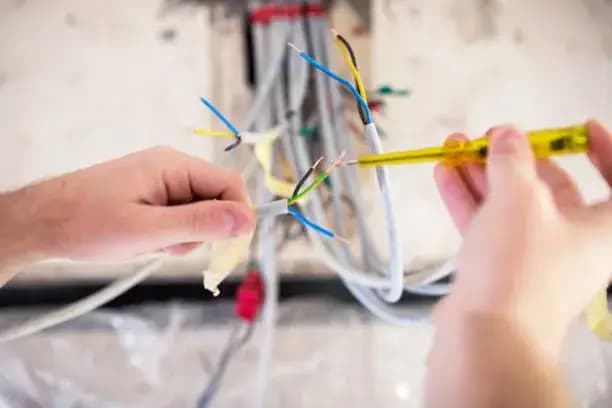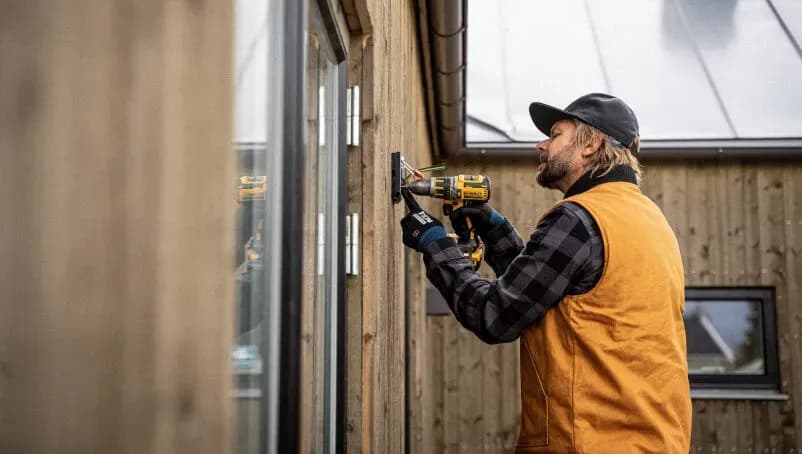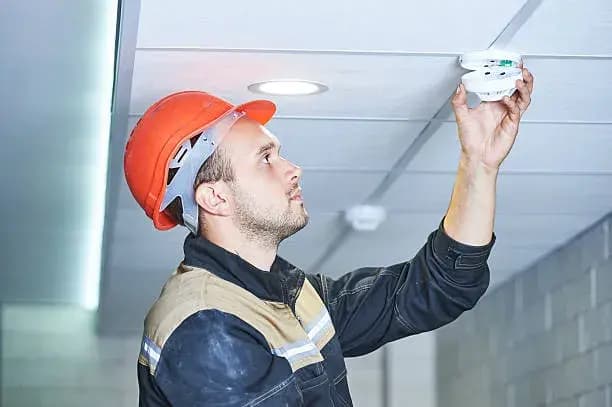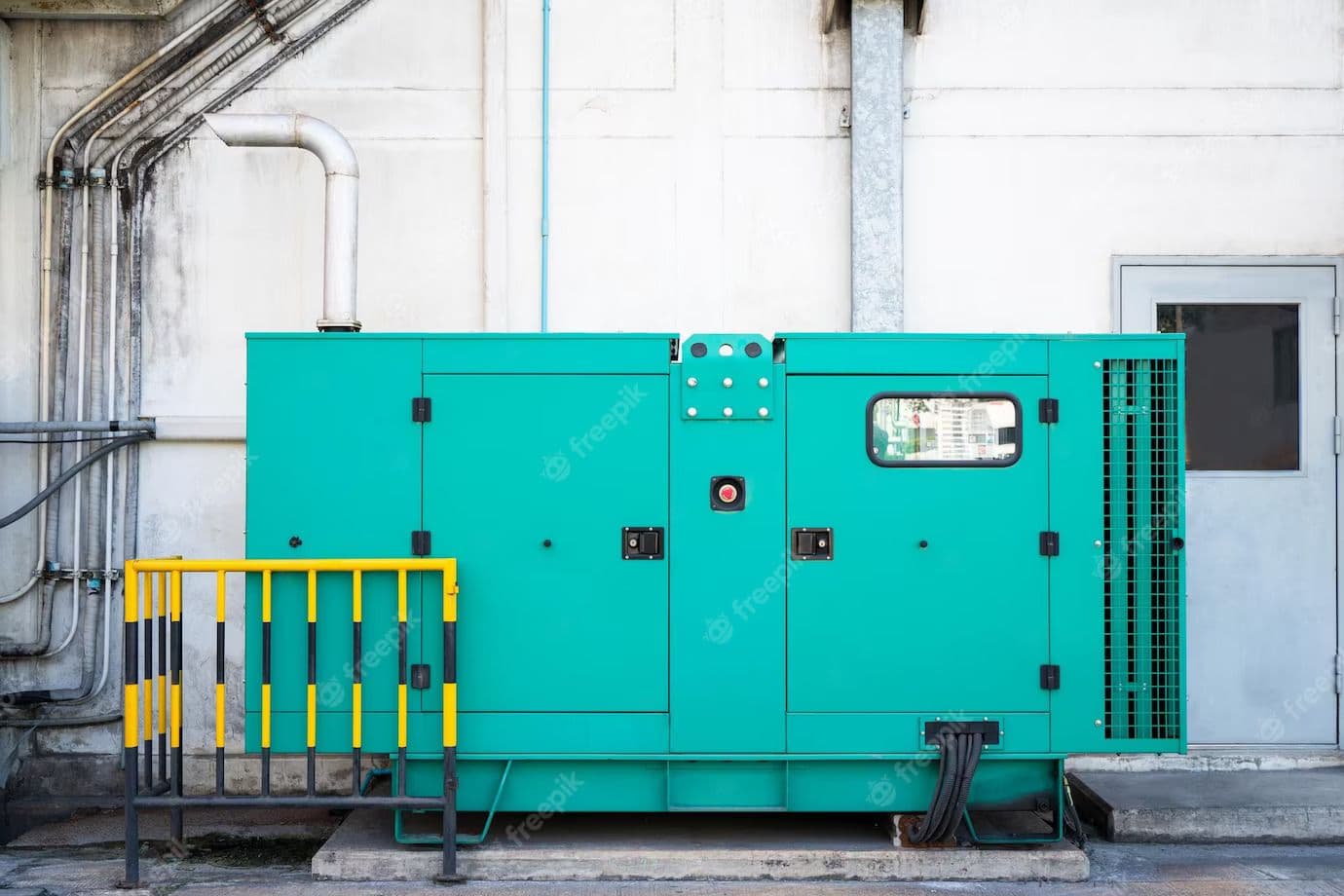
Line vs Load Wire: Understanding Electrical Wiring and GFCI Outlet Wiring
Line vs Load: Understanding Electrical Wiring and GFCI Outlet Wiring
When it comes to electrical wiring, understanding the difference between line vs load is crucial for electrical devices' safety and proper functioning. This article aims to provide an in-depth analysis of line vs load wire.
Line vs Load: Basic Concepts
To understand the difference between line versus load wire, it's important first to define each term:
Line:
The line wire is the one that brings power from the electrical service panel (also known as the breaker panel) to an electrical device, such as an outlet, switch, or light fixture. In most cases, the line wire is the hot wire, which carries current from the service panel.
Load:
The load wire is the one that carries power from an electrical device to other devices or appliances downstream. In other words, the load wire connects the device to the rest of the electrical circuit.
Understanding the difference between line vs load wire is crucial for ensuring that electrical devices are wired correctly and function safely.
GFCI Line vs Load: Wiring a GFCI Outlet
One common application of line vs load concepts is in the wiring of Ground Fault Circuit Interrupter (GFCI) outlets. GFCI outlets are designed to protect against electrical shocks by quickly shutting off power when a ground fault (a leakage of current to the ground) is detected. GFCI outlet wiring differs from standard outlet wiring because it involves separate line and load terminals.
Here's a step-by-step guide to wiring a GFCI outlet, keeping in mind the distinction between GFCI line vs load:
Turn off the power:
Before you begin, ensure that power is turned off at the service panel for the circuit you're working on. Use a voltage tester to verify that no voltage is present at the outlet box.
Identify line and load terminals:
On a GFCI outlet, you typically find two terminals: "LINE" and "LOAD." The line terminals connect the incoming power from the service panel. In contrast, the load terminals connect devices downstream of the GFCI outlet.
Connect the line wires:
Strip the insulation from the ends of the hot (usually black) and neutral (usually white) wires from the service panel. Connect the hot wire to the brass screw on the line terminal and the neutral wire to the silver screw on the line terminal.
Connect the load wires:
If devices downstream of the GFCI outlet need protection, strip the insulation from the ends of the hot and neutral wires leading to those devices. Connect the hot wire to the brass screw on the load terminal and the neutral wire to the silver screw on the load terminal.
Attach the ground wire:
Connect the bare copper ground wire to the green grounding screw on the GFCI outlet.
Install the GFCI outlet:
Carefully fold the wires back into the outlet box and attach the GFCI outlet to the box with screws. Install the cover plate and turn the power back on at the service panel.
Common Questions about Line and Load
Do I connect the line to load?
When wiring an electrical device, connecting the incoming power from the service panel to the line terminals and any devices downstream to the load terminals is important. It ensures that power flows correctly through the circuit and that devices operate safely and efficiently.
Is the hot wire the load or the line?
The hot wire, usually black or red, is typically the line wire that carries power from the service panel to an electrical device. On the other hand, the load wire has power from the device to other devices or appliances downstream in the circuit.
Which wire is the load wire?
The load wire is the one that carries power from an electrical device, such as an outlet or switch, to other devices or appliances downstream in the circuit. In most cases, the load wire will be the same color as the line wire (black or red for hot wires, white for neutral wires), but it will be connected to the load terminals on the device.
What is line, load, neutral wire?
Understanding the differences between line, load, and neutral is essential for proper electrical wiring:
-
Line: The line wire carries power from the service panel to an electrical device. It is typically the hot wire (black or red).
-
Load: The load wire carries power from an electrical device to the circuit's other devices or appliances downstream.
-
Neutral: The neutral wire (usually white) provides a return path for the current back to the service panel. It is connected to the neutral bus bar in the service panel and bonded to the ground.
Importance of Proper Line and Load Wiring
Correctly distinguishing between line vs load wire and making proper connections is crucial for several reasons:
-
Safety: Proper wiring ensures electrical devices function safely, reducing the risk of electrical shocks, fires, and other hazards.
-
Device Functionality: Connecting the line and load wires correctly ensure that devices receive the appropriate power and function as intended.
-
GFCI Protection: In the case of GFCI outlet wiring, correct line, and load connections are necessary for the GFCI to provide ground fault protection to devices downstream of the outlet.
-
Code Compliance: Following the correct line vs load wiring practices ensures compliance with local electrical codes and regulations designed to promote safety and reliability.
Tips for Working with Line and Load Wiring
When working with line vs load wiring, keep these tips in mind to ensure a safe and successful project:
-
Turn off the power: Always at the service panel before working on electrical wiring. Use a voltage tester to confirm that no voltage is present in the outlet box.
-
Consult the device manually: Refer to the manufacturer's instructions or manual for specific wiring guidance for your installed device.
-
Use wire nuts: When joining wires, use appropriately-sized wire nuts to secure the connections and ensure proper contact.
-
Label wires: If you need clarification on which wire is line or load, consider labeling them before disconnecting any existing connections.
-
Ask for help: If you're uncertain about wiring or GFCI outlet wiring, consult a licensed electrician for assistance.
Looking For Wiring Services? Contact Us Now!
Our company, Incan Electric, offers electrical wiring services around Southeastern Wisconsin! We will help you troubleshoot your wiring problems within minutes of checking! Check out our contact page and book your free quote now!



